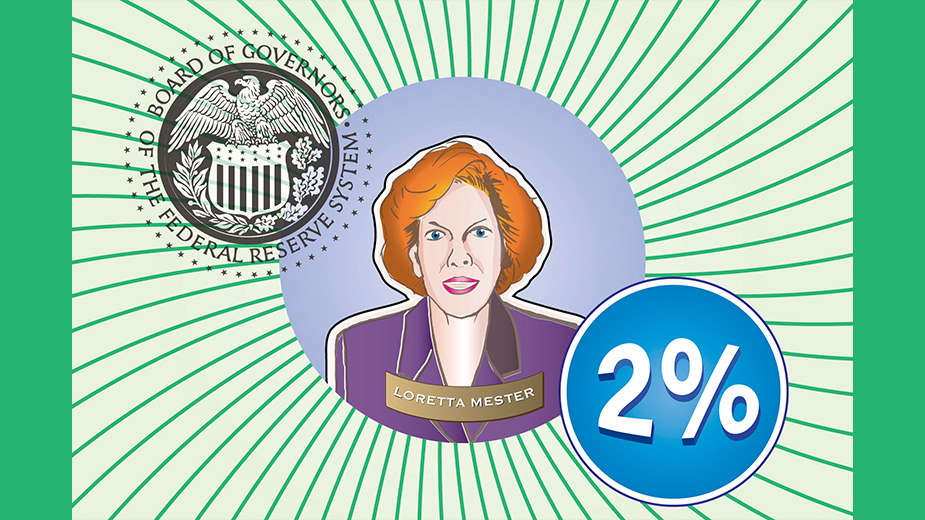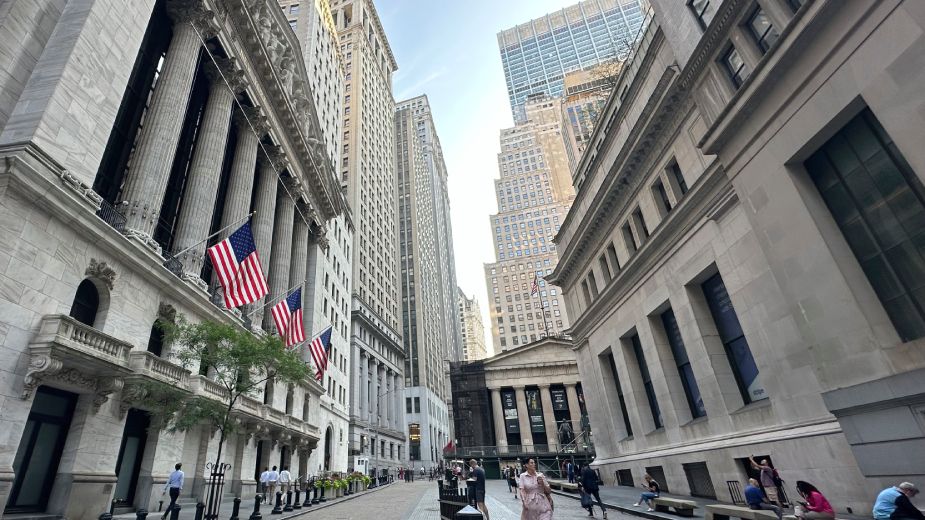Unemployment Fell 3.5% Under Biden. For How Much Longer?
By JOSH BOAK Associated Press
WASHINGTON (AP) — President Joe Biden keeps seeing good economic news and bad public approval ratings. The unemployment rate fell to 3.5% in March. More than 236,000 jobs were added. But there has been no political payoff for the president.
US. adults are skipping past the jobs numbers and generally feeling horrible about the economy. White House aides can list plenty of reasons for the pessimism: high inflation, the hangover from the pandemic and the political polarization that leaves Republicans automatically believing the economy is sour under a Democratic president.
Going forward, an emerging challenge for Biden might be the expectation that unemployment will get much worse this year.
This is the opinion of the Federal Reserve, which expects the jobless rate to hit 4.5%. And the Congressional Budget Office (5.1%). Even the proposed budget that Biden just put forth models an increase (4.3%) from the current rate. Many Wall Street analysts are, likewise, operating under the shorthand that the Fed tames inflation by raising interest rates, which in turn causes demand to tumble and joblessness to rise.
Friday’s jobs report showed that the economy is cooling as wage growth slowed, but the labor market is still running much hotter than the overall economy in a way that can fuel doubts. Biden’s bet is that the conventional economic wisdom is wrong and that 6% inflation can be beaten while keeping unemployment low.
“We continue to face economic challenges from a position of strength,” Biden said in a statement about the latest jobs report.
A new independent economic analysis helps to show why the low unemployment rate has yet to resonate with people: There aren’t enough workers to fill the open jobs, causing the economy to operate with speed bumps and frictions that make things seem worse than they are in the data. The analysis suggests that the economy would arguably function far more smoothly with unemployment higher at 4.6%, even though that could translate into nearly 2 million fewer people holding jobs.
The job market is what economists call “inefficiently tight,” a problem the United States also faced during the Vietnam War, the Korean War and World War II. The current tightness is as severe as it was at the end of World War II. This mismatch causes companies and consumers alike to feel as though the economy is in a rut, said Pascal Michaillat, an economist at Brown University.
“For shopkeepers, it means operating shorter hours because it’s not possible to find workers to fill the extra time slots,” he said. “For households, it means more time trying to hire nannies or plumbers or construction workers and less time doing enjoyable things.”
Based on his calculations on job openings and employment from a 2022 paper written with the economist Emmanuel Saez, Michaillat estimates that a 4.6% unemployment rate would make the labor market efficient. At that rate, the day-to-day transactions that shape an economy would have less friction because the demand for workers would be closer to the supply. Government figures released Tuesday show that employers have 9.9 million job openings, almost double the number of unemployed people seeking work.
This sounds like a good problem to have because it implies wages should increase. But economic theory suggests the only way to resolve this situation is for unemployment to rise.
Asked what this dilemma might mean for Biden, Michaillat suggested, “The economics is mingling with the politics, as it so often does.”
When Republicans criticize Biden, it is often for the kinds of shortages that Michaillat is describing, as well as for inflation.
House Ways and Means Committee Chairman Jason Smith, R-Mo., said small-business owners “are telling us that Democrats’ anti-work policies have made it difficult to stock their shelves, hire workers and keep their doors open.”
More than two years after Biden’s $1.9 trillion coronavirus relief package became law, it’s a humbling frustration for the White House that so many people feel the economy is terrible when his record on jobs is unrivaled among modern presidencies.
Biden’s unemployment rate so far is better than that of Presidents Ronald Reagan, Bill Clinton, Barack Obama, Jimmy Carter, Gerald Ford and both Bushes. While unemployment was lower for a period under Presidents Lyndon Johnson and Richard Nixon, a smaller share of people was in the labor force compared with now.
Biden set out to use the COVID-19 aid dollars to get people back to work quickly and prevent the typical “scarring” in recessions that can leave people earning less for the rest of their careers and, in some cases, permanently jobless. He succeeded at that mission as the economy has about 4 million more jobs than the Congressional Budget Office forecasted it would at this stage.
A White House official said the policies were designed with the specific goal of bringing jobs back faster than in past recoveries. After the Great Recession began at the end of 2007 and the economy crashed, it took more than six years for the total number of U.S. jobs to return to pre-downturn levels. In the pandemic recovery, the jobs total rebounded to its prior level in a little over two years.
The quickness of the rebound has benefited historically disadvantaged groups. Black unemployment in March dropped to 5%, the lowest level on record. And the Black labor force participation rate — which measures how many people have jobs or are searching for work — surpassed the level for whites last month.
The official, who spoke on condition of anonymity to discuss private conversations, said Biden’s goal was to spur a burst of hiring that would cause strong growth in the long term. If the jobs recovery had dragged on, some people would give up hope and drop out of the labor force, reducing the ability of the economy to grow for decades to come.
Biden has rejected criticisms that the size of COVID relief contributed to inflation, although research published by the New York Fed indicates that federal aid accounted for about one-third of the higher inflation from late 2019 to June 2022.
Nick Bunker, economic research director at Indeed Hiring Lab, said Friday’s jobs report indicated the unemployment rate is unlikely to surge in the next three months. He said that the hiring is still in excess of population gains.
He noted the strength of the job growth compared with the Great Recession, but said many people are still adjusting to the realities of higher inflation and the aftermath of the pandemic.
“There are clear benefits to the speed of this recovery,” Bunker said. “Speed is great because it gets you to your destination, but it can be unsettling because there’s a whiplash.”
Copyright 2024 The Associated Press. All rights reserved. This material may not be published, broadcast, rewritten or redistributed.



